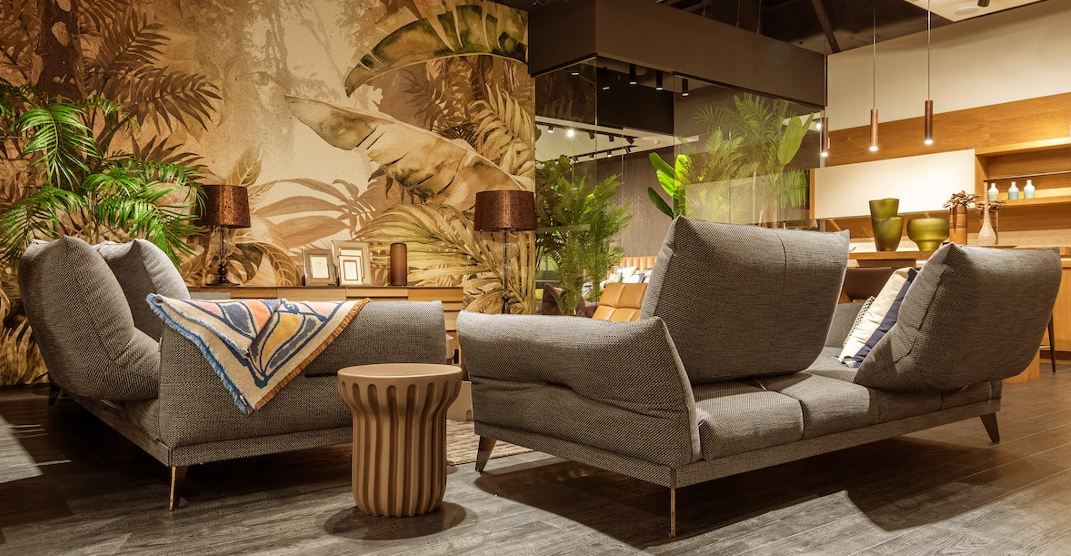Scandinavian design is one of the most popular styles of interior design worldwide, and it is a design that emerged in the early 20th century in Scandinavian countries. Its popularity spread through the 1950s, and it has influenced other styles of design.
5 Tips for Styling
If you’re looking to style your living room in the Scandinavian way, here are five tips.
Subtle Shades
Though you don’t need to stick to every aspect of the Scandinavian style, commonly, this style focuses on neutral color palettes, with various shades of white and beige. Other subtle shades like gray and black can be used to add slight contrasts in color.
Scandinavians are known for their love of the great outdoors, and they bring in a lot of colors that are inspired by this love. Natural colors like amber, moss, ice blue, and dark green are great natural colors to incorporate into your Scandinavian style living room. If you can’t find items to incorporate these colors, bring in plants and fresh flowers, which naturally have these shades. They serve as a great contrast against the otherwise neutral color palette of the living room.
And if you don’t want to stick to subtle shades, dark color palettes are also common within Scandinavian design. You can use deeper colors, like navy or black, and add subtle pastel colors for accents.
Lighting
It is well known that Scandinavian countries are dark most of the year, which is why there is such a strong emphasis on lighting within the Scandinavian design. There are different kinds of light fixtures you can use within your living room, like pendant clusters, which can give the room a warm feel. Alternatively, you can use other dangling light bulbs or a geometric chandelier.
Because of their great love for nature, the Scandinavian style tries to utilize natural light as much as possible. This is achieved through large, bare windows with either sheer curtains or contemporary curtains that can be pulled back to frame the window but don’t completely shield it.
For your own living room, if you prefer privacy, you can incorporate contemporary curtains so that you can pull them back and close them whenever you wish.
Well Crafted Furniture
The furniture within Scandinavian design heavily focuses on wood materials. Not only do they create simple, pleasing pieces, but these wooden furniture pieces are also meant to be functional and serve multiple purposes. Scandinavian oak living room furniture is more durable than other types of furniture, which makes them last longer.
In a living room, there are many different options of wood furniture for you to use: sideboards, chairs, sofas, and tables, along with many more options. There are also various types of wood materials used, with different stains and finishes, so your choices are endless.
Layer Textures
Within the Scandinavian style, textures are often layered to create a cozy, comfortable feel. The term is “hygge,” and it can be easily achieved.
Within your living room, you can achieve the same level of comfort by having a thick, fluffy rug, which will also add a feeling of warmth to the room. Chunky knit blankets and fluffy couch pillows are also great additions. Don’t overdo it; you want to create a feeling of warmth and coziness, but you don’t want to add too much clutter to the room.
Stay Simple
When styling your living room, try to stay simple. Scandinavian design emphasizes minimalism; in the past, Scandinavian homes were much smaller than they are now. Though they have since evolved, the style retains this crucial component. Your living room is not meant to be cluttered with excess objects, and all of the furniture and pieces within it must serve a function. You don’t have to abide by this; you are free to add personalized accessories and decor, just try not to clutter the room.
The Scandinavian style is an easy one to emulate, and by following these tips, you’ll be on your way to having a comfortable yet functional living room.



